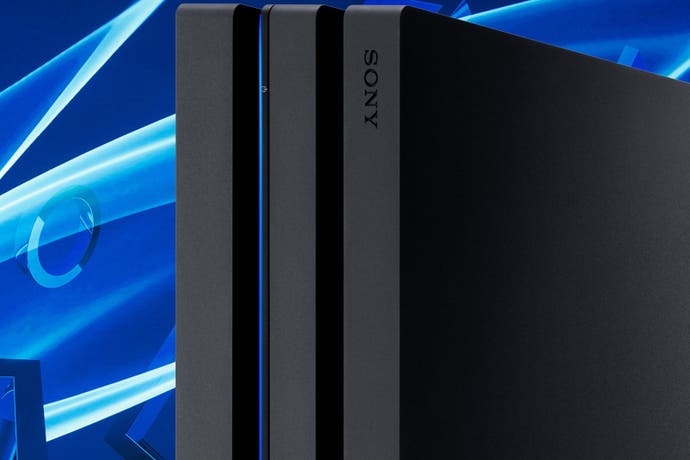PS4 Pro's new super-sampling tested: big boosts for 1080p users
System software 5.5 under the microscope.
With the arrival of the upcoming firmware 5.5, Sony has introduced a new option - system-level super-sampling. It addresses a key frustration for PS4 Pro users hooked up to 1080p screens: the lack of access to high resolution support on a range of games.
Take Metal Gear Solid 5's recent Pro upgrade for example: if you own an ultra HD display, you gain access to higher resolution rendering. This should have benefits for users of 1080p displays too via super-sampling - a brute-force form of anti-aliasing that can offer some beautifully smooth results. However, inexplicably, MGS5 and a small range of other titles completely lock out this support if you only own a 1080p display. It's far from ideal, but with the upcoming firmware 5.5, a solution is now available.
The new super-sampling option is a very welcome addition for Pro users, ensuring that any and all high resolution support previously locked to ultra HD screens now translates into SSAA downscaling on the Pro's 1080p output. It serves to address a genuine grievance users of Sony's supercharged PS4 have had for some time - the notion that they're not getting full access to the complete capabilities of their machine. Of course, there are game modes locked to the 1080p output too, meaning that 4K display users can potentially lose out too. However, there is a solution: owners of ultra HD screens can always switch their consoles to 1080p to access those otherwise locked modes. The opposite simply isn't possible for full HD users without recourse to expensive hardware scalers, like HD Fury's 'Linker', for example.
In worst-case scenarios, PS4 Pro users with 1080p displays really get a bum deal. Take Assassin's Creed: The Ezio Collection, for example. It's a compilation of AC2, Brotherhood and Revelations, rendering each game at a locked 30fps at a super-crisp native 4K. However, inexplicably, if the PS4 Pro is attached to a 1080p display, the pixel count locks to full HD only - a quarter of the resolution. There are no performance upgrades here for running at the lower res - it's the same locked 30fps. It's a downgrade, plain and simple.
By enabling super-sampling in firmware 5.5, the game believes you have a 4K screen connected and the system takes over from there, downscaling the image and producing beautiful anti-aliasing in the process. The improvement to image quality is clear; jagged edges are smoothed over, more detail can be resolved in some cases, while flickering is also reduced in motion on sub-pixel detail - something we can't really show you in our screenshot gallery here.
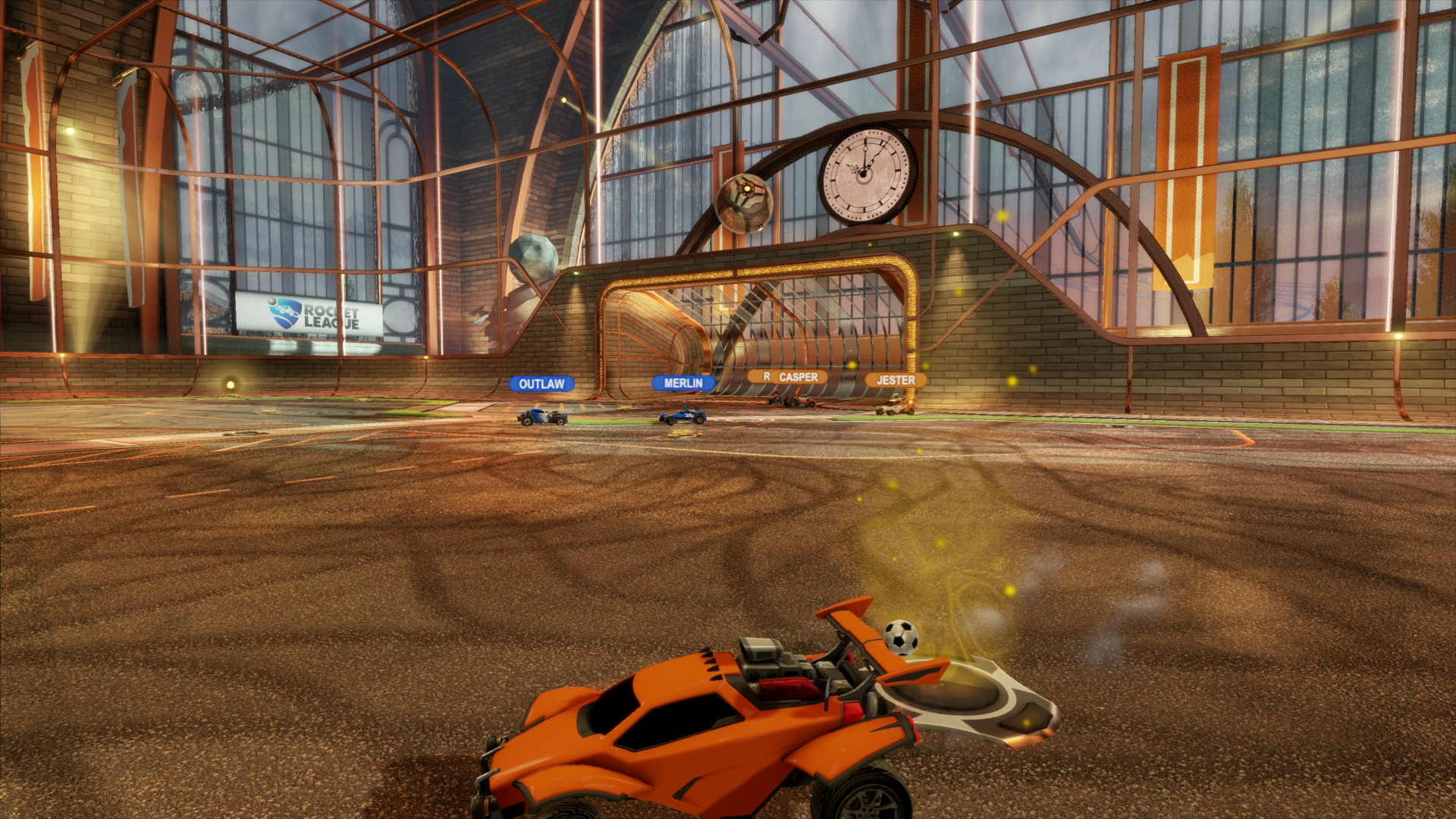

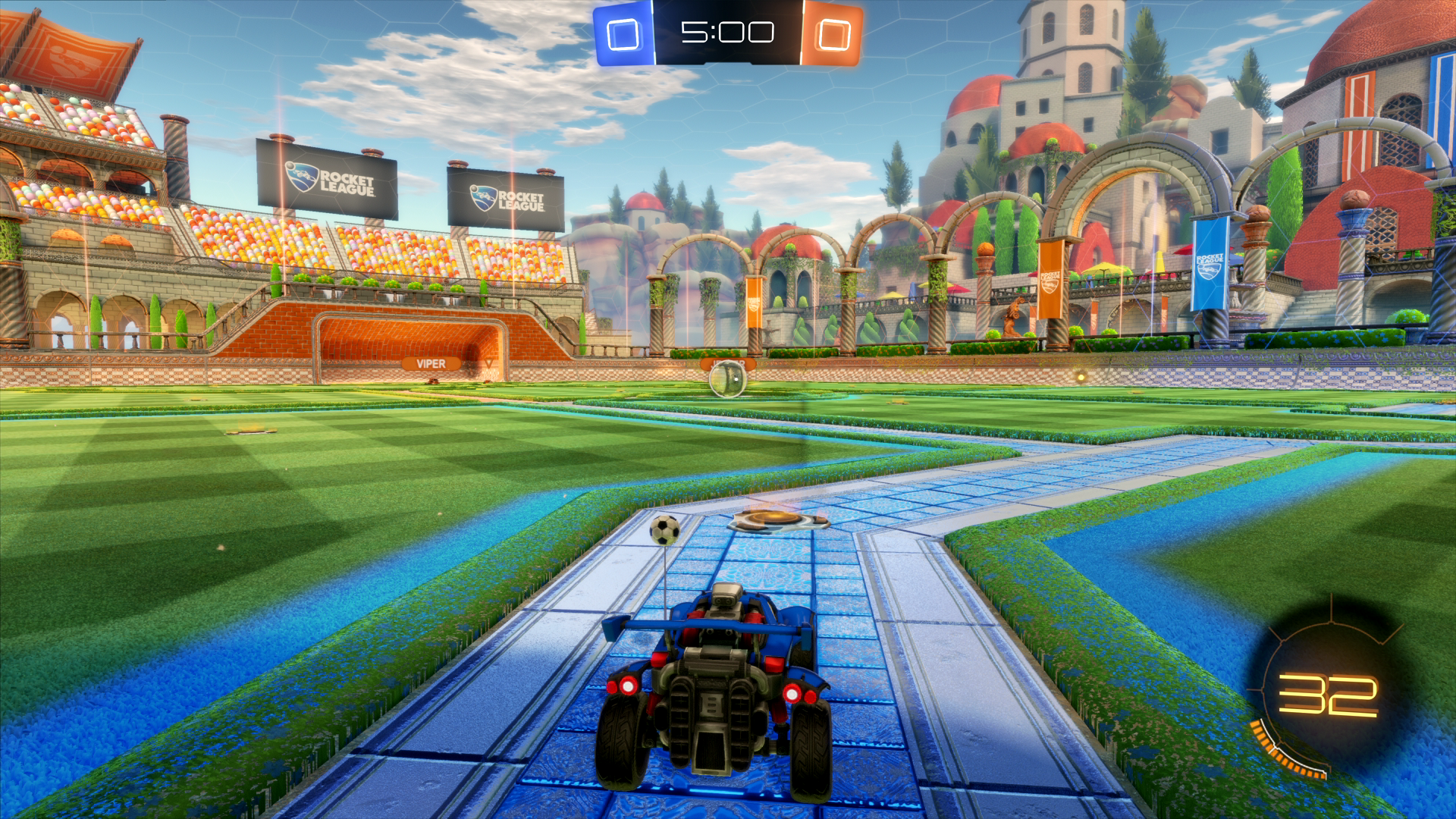

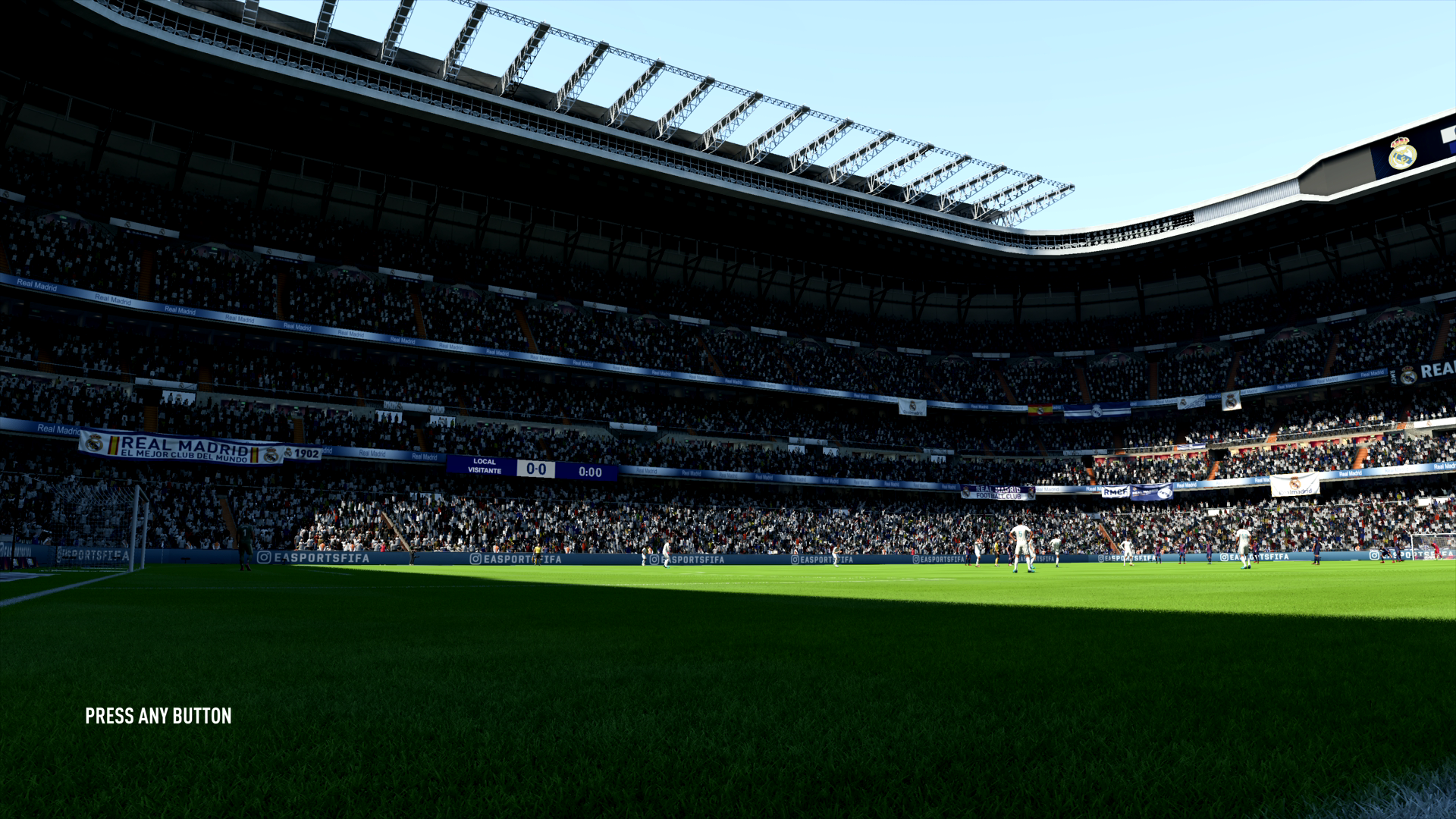

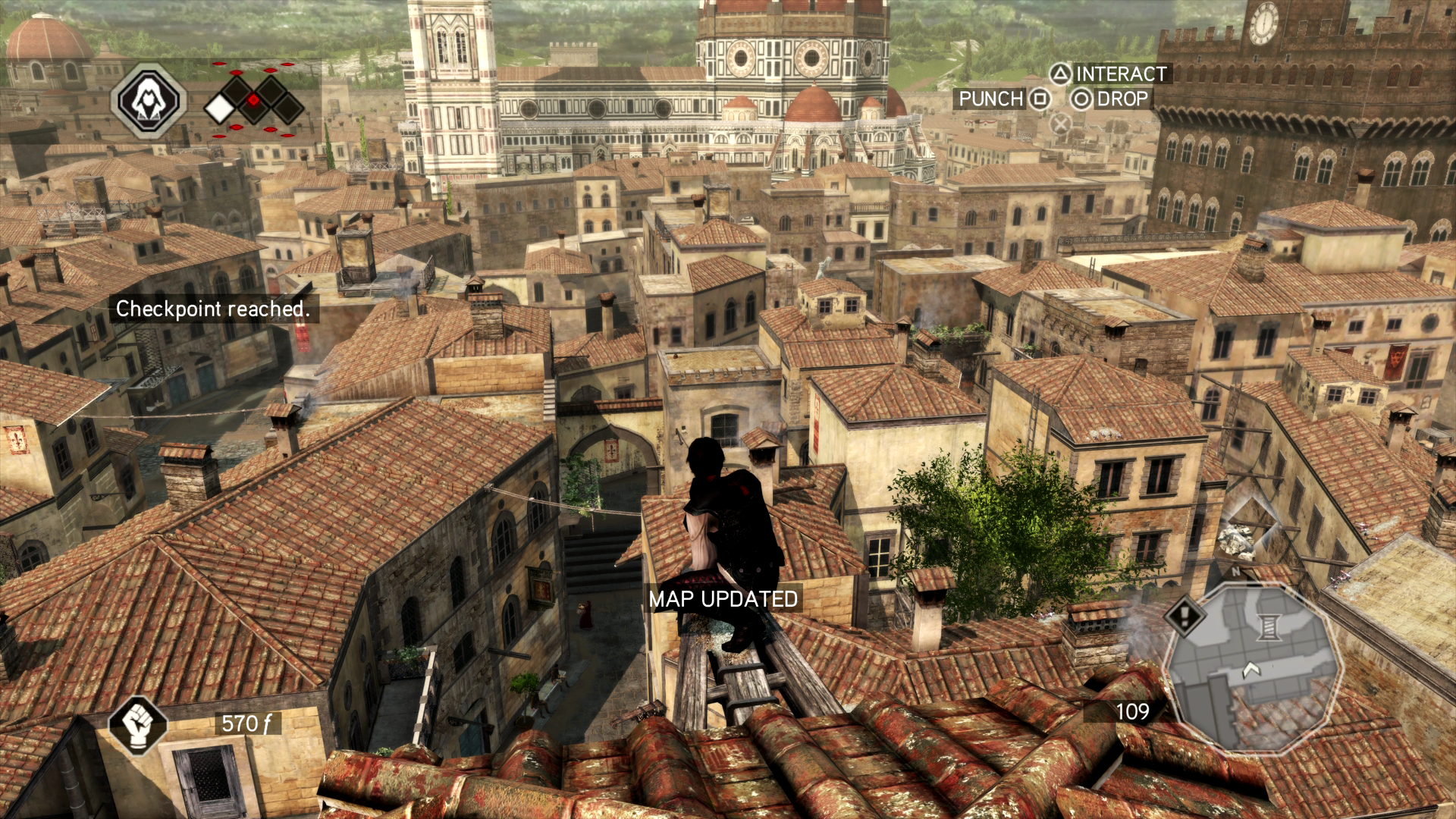
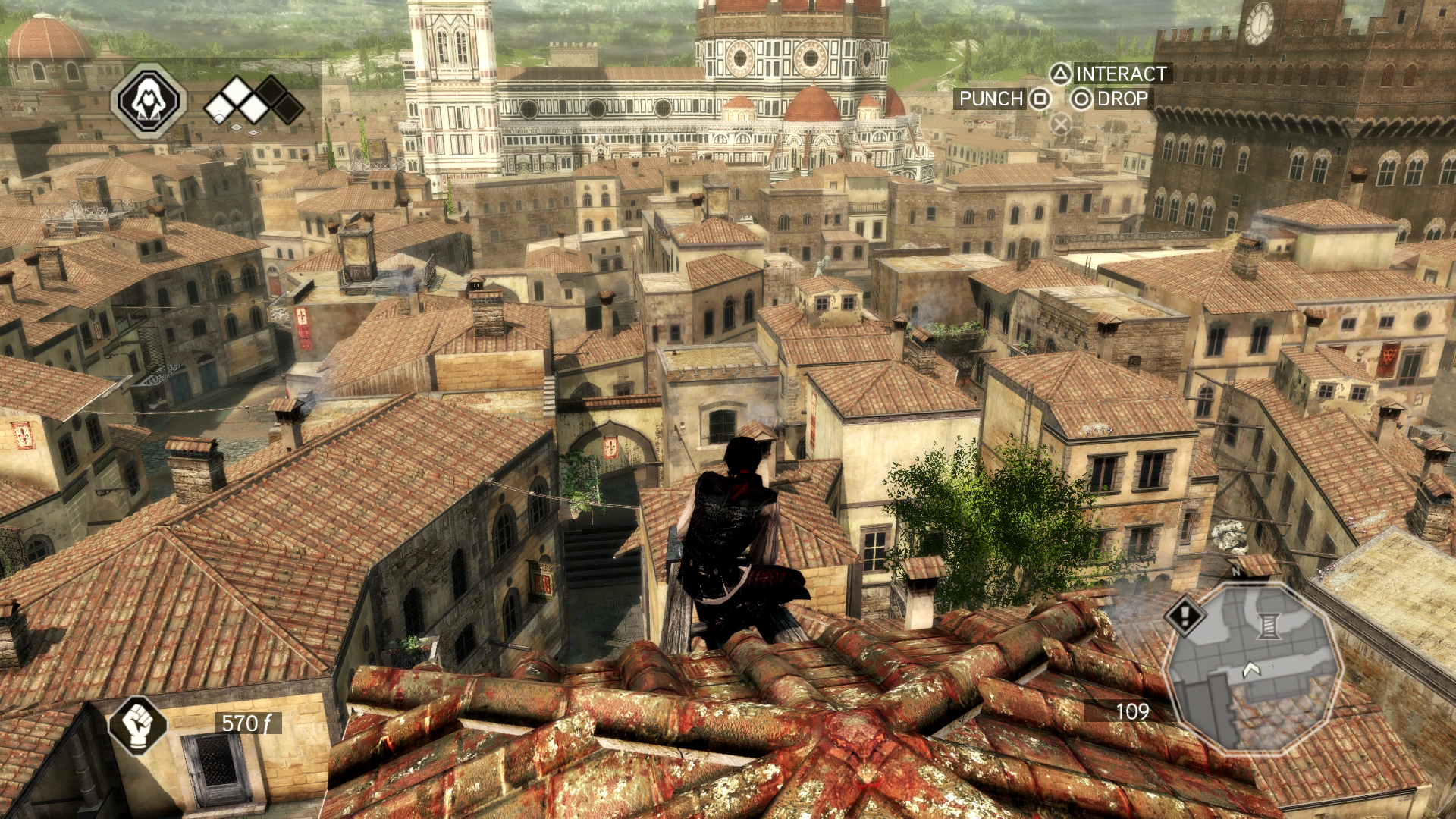





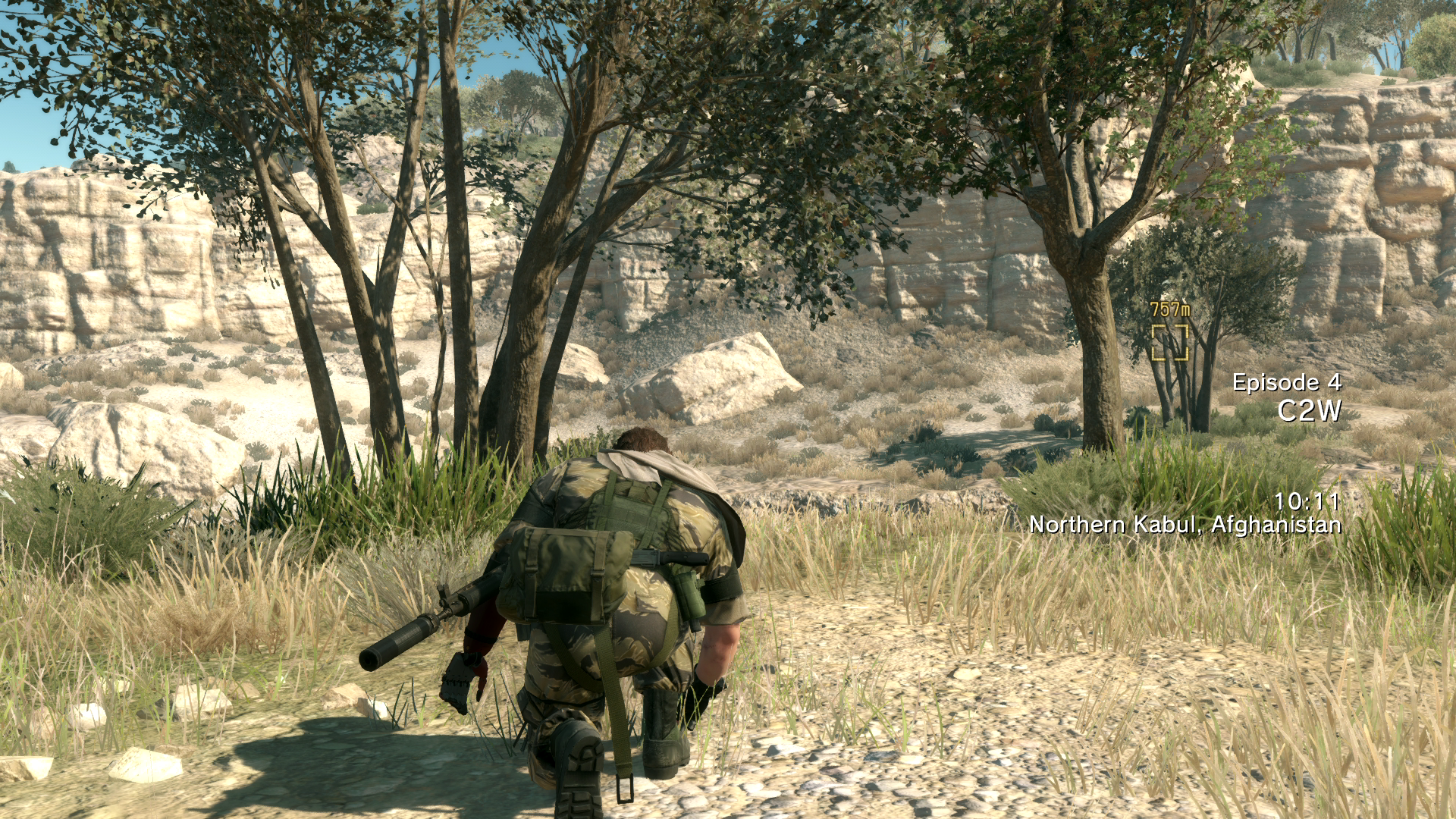

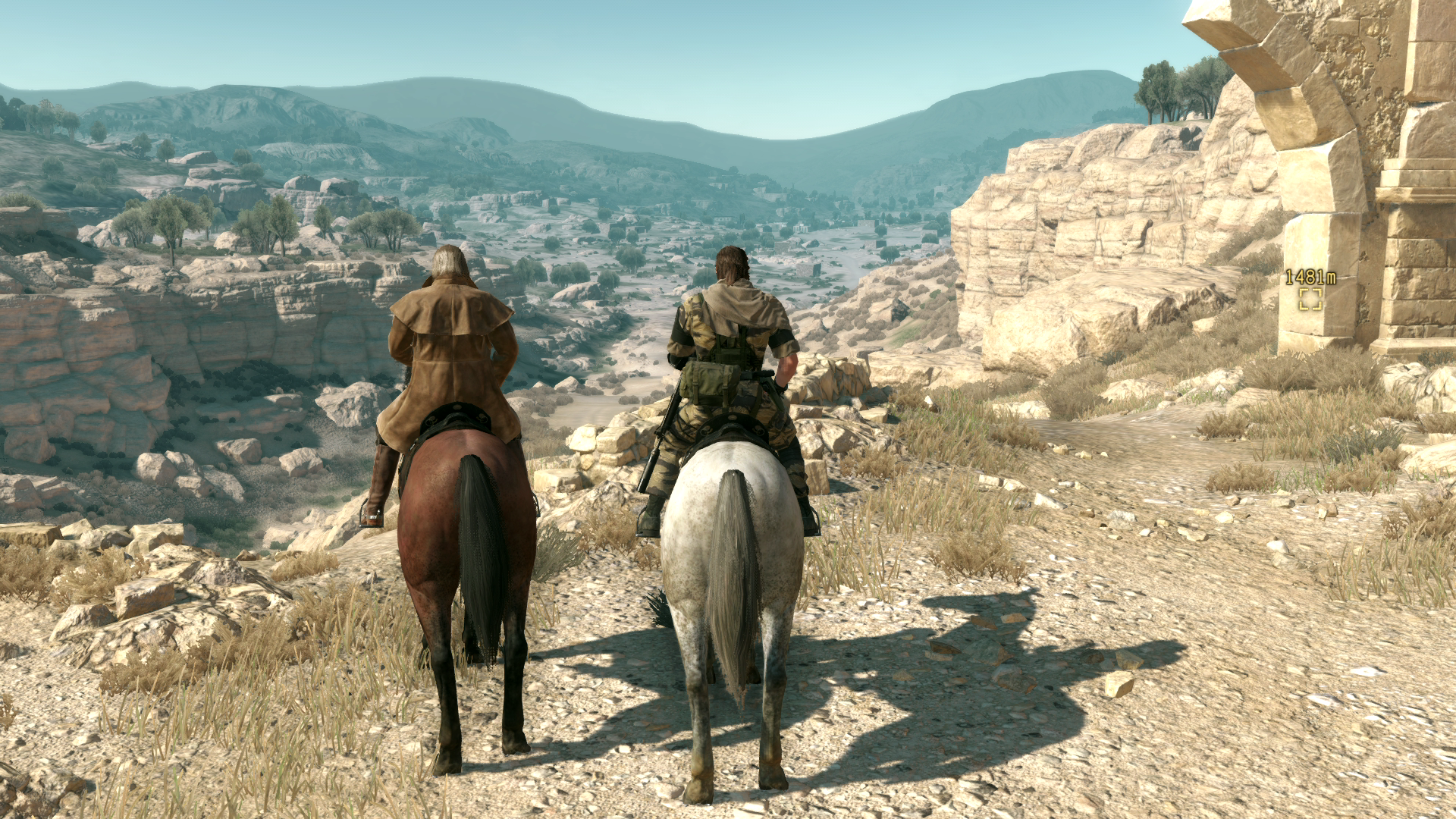
The new mode puts choice at the hands of the user, which can only be a good thing. For example, Naughty Dog's The Last of Us Remastered launched with super-sampling support, which was then yanked in a subsequent update, with a tighter 60fps performance lock introduced for 1080p Pro users instead. The preferred outcome here is that all modes should be available to all users, regardless of their screen - and that's exactly what happened with TLOU's last major patch. However, if users had the support offered by the new firmware 5.5 when the SSAA functionality was pulled, system level downsampling would have done the trick just as well (we even compared TLOU's in-built downsampling vs the new system software implementation and got identical results).
However, it's not all plain sailing and the new mode needs to be treated with caution, as there are some potential scenarios that may produce undesirable results. When enabling SSAA on some titles, performance can change - and not for the better. Let's take The Last Guardian for example. It's a game that locks its lower resolution/higher frame-rate option exclusively to the 1080p output, with a less stable, higher resolution mode locked to the 4K mode. So if you use 5.5's super-sampling option in this case, you will get improved image quality, but it comes at the expense of frame-rate - and at its worst, The Last Guardian's frame-rate in 4K mode can drop to 20fps territory. Put simply, given the choice, we'd opt for the 1080p mode.
A similar example is Call of Duty Black Ops 3, which locks a native 1080p mode with enhanced performance to the full HD output, along with a higher resolution mode that's exclusive to 4K displays which, again, doesn't offer as stable a frame-rate. Forcing super-sampling in this case swaps in the lower-performing 4K mode, which may not be ideal, especially in a game like COD where smooth performance is so key to the core experience.
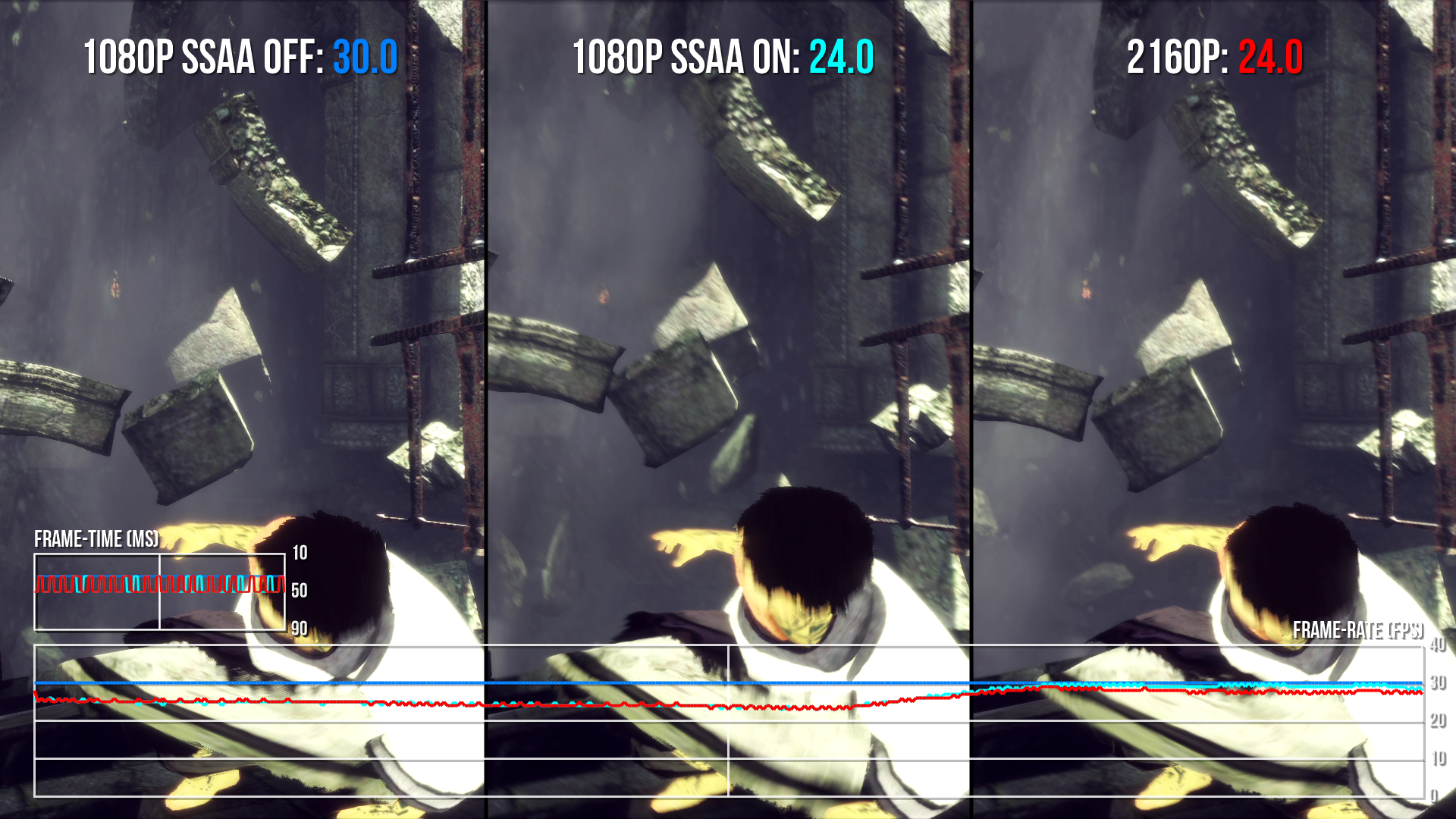
The option to force SSAA is a positive move overall and further caveats to this approach are minor: one small issue is that text and HUD overlays also get scaled down in the process - where the game deploys its 4K assets on the assumption an appropriate display is connected. The resulting scale to 1080p operates at a system level, adding a touch of blur to these elements, something you don't typically see with native 1080p HUDs.
Comparisons with Xbox One X's implementation are inevitable, and while the new super-sampling mode for Pro users is useful, it's still something of a fudge. After all, the whole concept of having Pro enhancements linked to specific display outputs in the first place is a really bad idea. Microsoft's alternative approach is simple and elegant: the system doesn't tell developers which display is attached to the console. This forces game-makers to offer in-game options for all modes, regardless of whether a 1080p or 4K TV is attached and by extension, 1080p super-sampling is automatically taken care of at the system level. It's the ideal set-up and the one we've advocated since PlayStation 4 Pro launched.
It's worth stressing that the majority of games, from Rise of the Tomb Raider to Horizon Zero Dawn to Monster Hunter World do get it right, ensuring that all game modes are available to all users, regardless of what display they might happen to own. With Xbox One X effectively enforcing this standard for all games, hopefully future Pro titles will have SSAA built-in too. However, Metal Gear Survive's beta once again saw exclusive modes that kick in depending on which display output is selected. If this remains the case in final code, it demonstrates that firmware 5.5's SSAA functionality may well be a useful fallback option to have not just for existing games, but potentially for future titles too.
